You will need:
- A full-size watermelon
- Ruber bands that will fit around the watermelon (we used 87 x 6mm rubber bands)
- Option: A platform to raise the watermelon up
- Safety glasses
- A hose to clean up
- People eat the leftover watermelon!
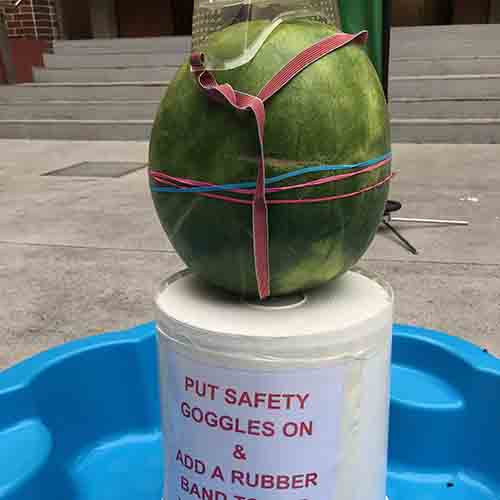
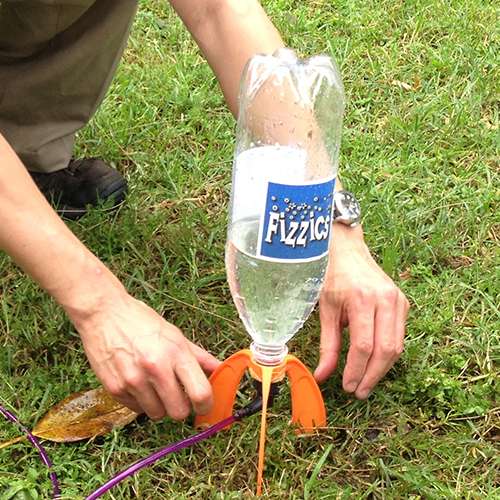
School science visits since 2004!
– Curriculum-linked & award-winning incursions.
– Over 40 primary & high school programs to choose from.
– Designed by experienced educators.
– Over 2 million students reached.
– Face to face incursions & online programs available.
– Early learning centre visits too!
Why does this work?
It’s all about stored energy and applied force!
When you stretch rubber band, you store potential energy that can be released as kinetic (moving energy). The watermelon has a thick rind, as such, it can resist the force from many rubber bands. If you concentrate the force of the contracting rubber bands into the same area of the watermelon, eventually the force overcomes the resistance of the watermelon rind and the watermelon implodes… releasing all of the stored potential energy into a dramatic kinetic explosion of watermelon!
Variables to test
- Try thin vs. thick rubber bands.
- Is there any difference if the watermelon is warm vs. cold?
- What about different size or types of watermelon?
Want another potential to kinetic energy experiment?
Forces, Friction & Movement
Years K to 6
Maximum 30 students
School workshop
60 or 90 minutes
Online Class Available
Exploring Energy
Years 3 to 6
Maximum 30 students
School science workshop (NSW & VIC)
60 minutes
Online Class Available
STEM Full Day Accelerator - Primary
Designed from real classroom experiences, this modular day helps you create consistently effective science learning that directly address the new curriculum with easily accessible and cost-effective materials.
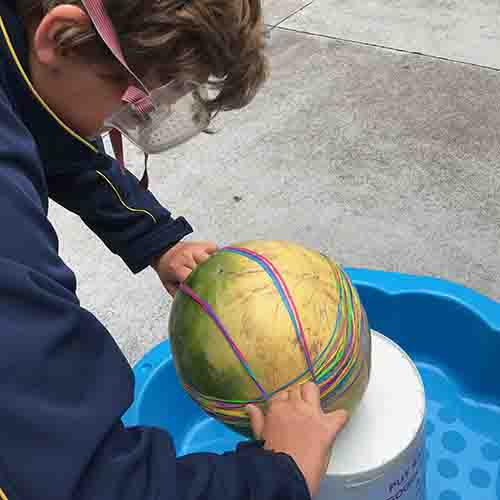
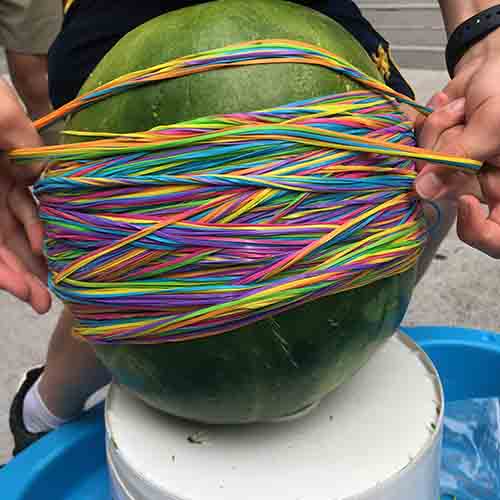
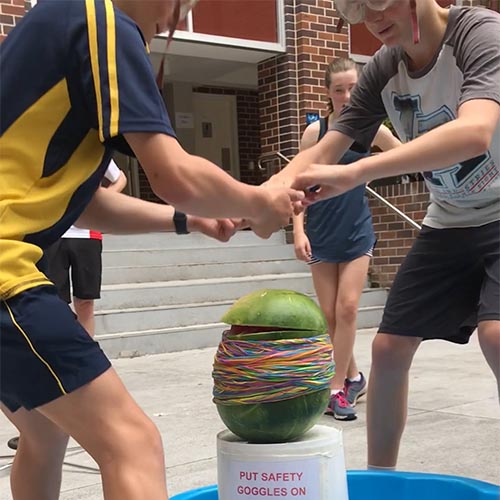
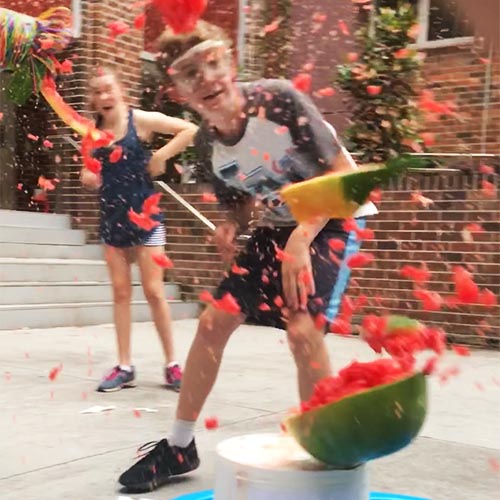
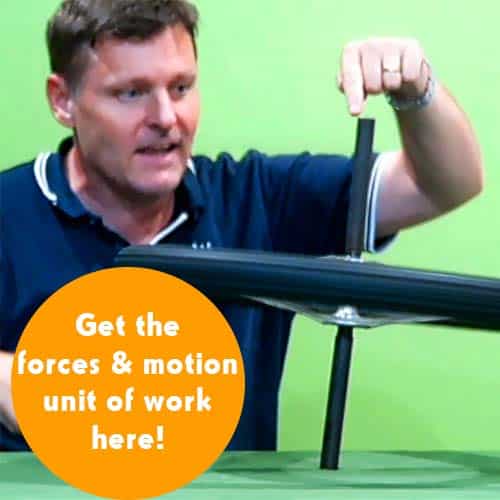

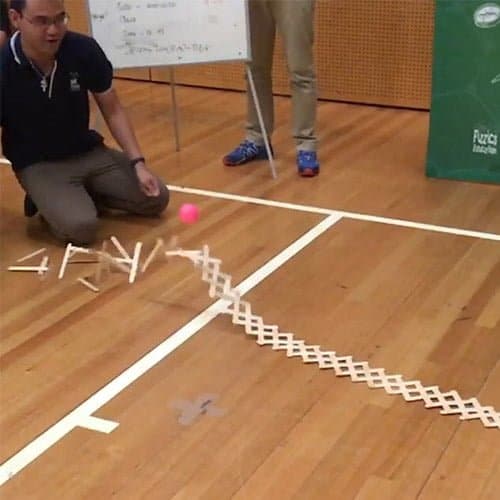

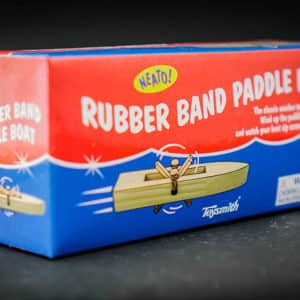























awsome